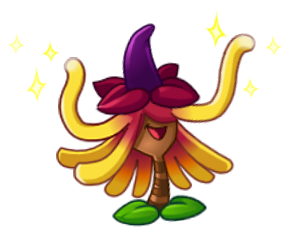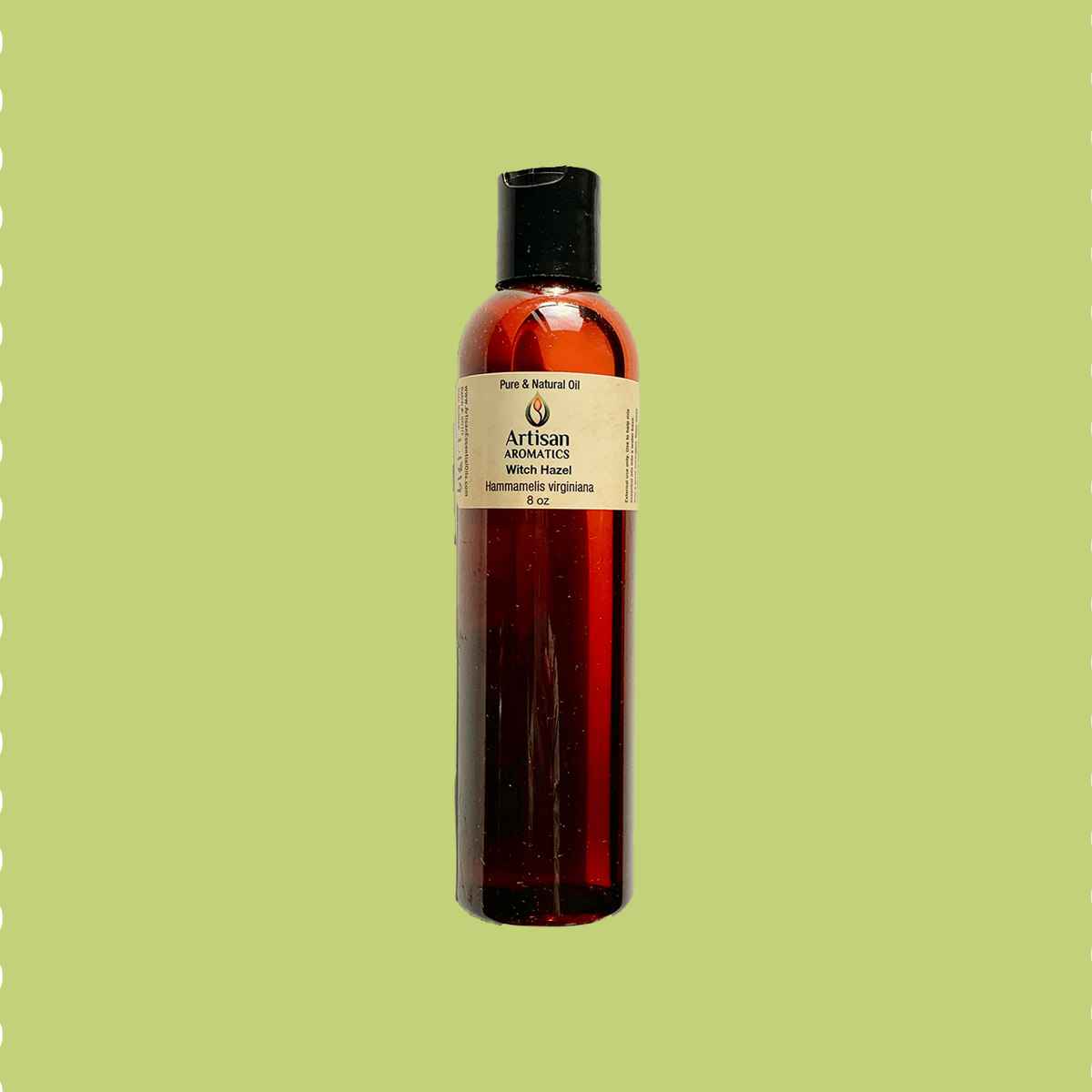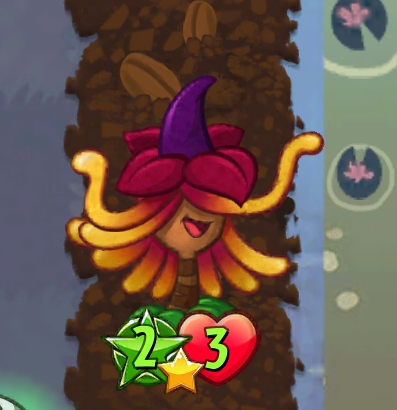

However, specimens grown from seed can take decades to bloom for this reason, gardeners usually grow plants that have been started from rooted cuttings or grafted cultivars known to flower well. It can be propagated via hardwood cutting, softwood cuttings, or seed. It can grow in fairly poor-quality soils, but prefers fertile, moist, well-drained soil. Wisteria, especially Wisteria sinensis, is very hardy and fast-growing.


Trunk of mature wisteria supported by balustrade ( Stresa, Italy) Wisteria seeds have caused poisoning in children and pets of many countries, producing mild to severe gastroenteritis and other effects. There is debate over whether the concentration outside of the seeds is sufficient to cause poisoning. All parts of the plant contain a saponin called wisterin, which is toxic if ingested, and may cause dizziness, confusion, speech problems, nausea, vomiting, stomach pains, diarrhea and collapse. The seeds are produced in pods similar to those of Laburnum, and, like the seeds of that genus, are poisonous. Wisteria species are used as food plants by the larvae of some Lepidoptera species including brown-tail moth. The flowers of some species are fragrant, most notably W. Flowering is in spring (just before or as the leaves open) in some Asian species, and in mid to late summer in the American species and W. The flowers are produced in pendulous racemes 10 to 80 cm long, similar to those of the genus Laburnum, but are purple, violet, pink or white. The leaves are alternate, 15 to 35 cm long, pinnate, with 9 to 19 leaflets. Planted in 1894, it is of the 'Chinese lavender' variety. The world's largest known wisteria is in Sierra Madre, California, measuring more than 1 acre (0.40 ha) in size and weighing 250 tons. They can climb as high as 20 m (66 ft) above the ground and spread out 10 m (33 ft) laterally. This is an aid in identifying the two most common species of wisteria. sinensis ( Chinese wisteria) twines counterclockwise. floribunda ( Japanese wisteria) twines clockwise when viewed from above, while W. Wisterias climb by twining their stems around any available support. The seeds of all Wisteria species contain high levels of the wisterin toxin and are especially poisonous. Seeds and seedpods of Wisteria floribunda. The following is a list of accepted Wisteria species: Genetic analysis shows Callerya, Afgekia and Wisteria to be each other's closest relatives and quite distinct from other members of the tribe Millettieae.

When they were introduced to France, Germany and Various other Countries in Western and Central Europe where they are known not as Wisteria but by the German Name of the plant, Glyzinien ( French: Fleur de Glycine, German: Glyzinienbaum, Russian: Цветок глициний Tsvetok glitsiniy) However, some spell the plant's common name "wistaria".
WITCH HAZEL 4 POIS CODE
Correia became a close friend of Wistar, "took tea at his home daily, and named the vine 'Wisteria' to commemorate this friendship." Īs the spelling is apparently deliberate, there is no justification for changing the genus name under the International Code of Botanical Nomenclature. Īnother source claims that the person who named Wisteria after Caspar Wistar was the Portuguese botanist and geologist José Francisco Correia da Serra, who lived in Philadelphia beginning in 1812, four years before his appointment as ambassador of Portugal to the United States. Various sources assert that the naming occurred in Philadelphia. Questioned about the spelling later, Nuttall said it was for " euphony", but his biographer speculated that it may have something to do with Nuttall's friend Charles Jones Wister Sr., of Grumblethorpe, the grandson of the merchant John Wister. Both men were living in Philadelphia at the time, where Wistar was a professor in the School of Medicine at the University of Pennsylvania. The botanist Thomas Nuttall said he named the genus Wisteria in memory of the American physician and anatomist Caspar Wistar (1761–1818).


 0 kommentar(er)
0 kommentar(er)
